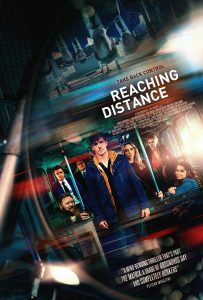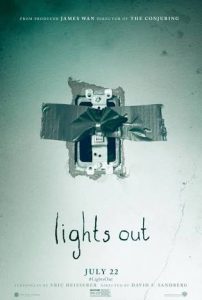You’re not supposed to start your film career with mind-bending psychological thrillers that warp time, space, reality and memory into a thematically-dense narrative. But clearly nobody told this to Australian director and writer David Fairhurst, whose first feature-length film is an ambitious, yet rewarding, effort.
Reaching Distance opens with Logan (Wade Briggs), a man who keeps waking up to find himself in parallel realities. Each time he awakes at the back seat of a bus, surrounded by a group of familiar faces including that of Martin (Matt Day), the well-dressed businessman who killed his twin sister in a high-speed collision. As the film progresses, the meaning behind Logan’s strange reality emerges, while the stories behind each of his bus companions take shape.
In order to achieve the effect of Logan’s disorientation, Fairhurst makes use of quick cuts and laser-sharp editing, one of the film’s greatest strengths. This is particularly evident in the film’s opening scenes, including a humourous Groundhog Day-esque montage that sees Logan coming to terms with his entrapment. For the most part, though, Reaching Distance is sincere in tone; compared to other films of its genre, there’s less of a whodunit-style fun energy and a more of a dark undertone.
For Fairhurst, it must have been tempting to copy films like Fight Club and Memento and withhold information from the audience, leaving them in the dark only to spring an a-ha moment on them at the film’s conclusion. Thankfully, he largely resists this lure and doesn’t try to reach beyond his limitations; the film only withholds what it needs to, letting the audience in on the story rather than trying to slip them up. There are moments when the exposition provided by hobo-cum-angel Gilroy (Eddie Baroo) is a little heavy-handed, but the narrative is mostly fleshed out in a well-constructed manner that doesn’t try to be too smart for its own good.
One of the most creative aspects of Reaching Distance, which surely kept production costs down, is that a single bus is used as the primary set. Like a chameleon, this bus is highly adaptable, switching between a mode of transport to an aquarium to a nightclub, among other things. Production designer Laura Murray pulls off each of these personas well and is well assisted by a strong array of lighting choices.
One thing that lets the film down a bit is the sound; there are moments when the dialogue in Reaching Distance is a little hard to hear, which takes away from some of the deep themes that the film’s characters reflect upon. Otherwise, the film is an incisive commentary on grief, forgiveness and memory and isn’t afraid to tackle philosophy with the way it depicts the different realities that its characters experience. The film might not be the most profound piece of art to deal with these topics, but it’s nevertheless an impressive effort from a debut director.
Reaching Distance screens at Lido Cinemas on 22nd October through Athabasca Film. Screening info can be found here.





